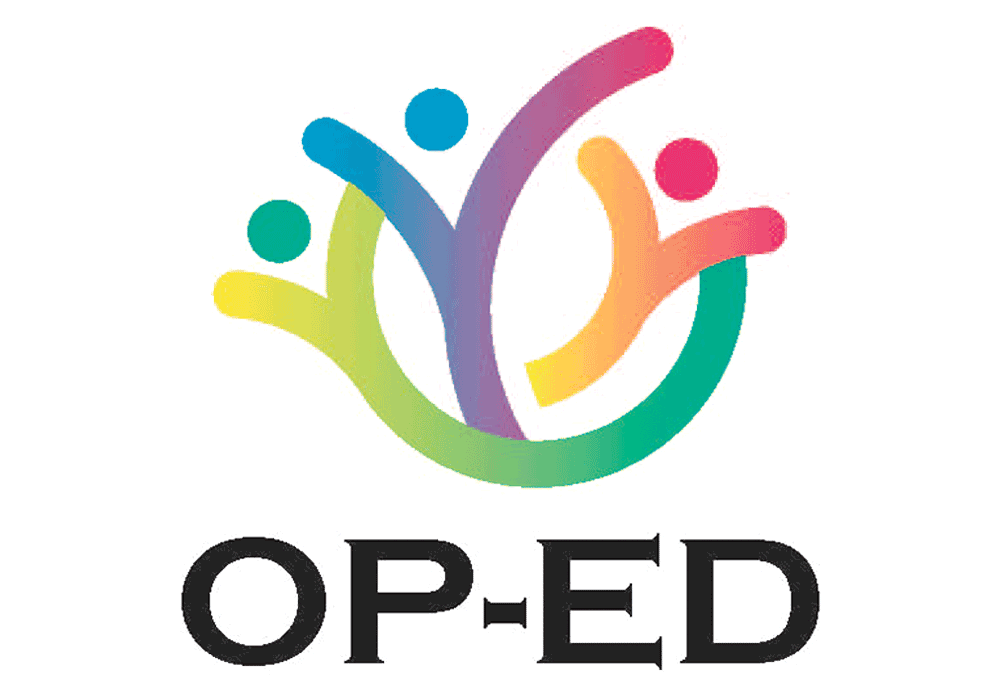
Opinion Editorials state the views solely of the author and do not necessarily reflect the views of the Community Journal.
By Sheila Royston
Montanans deserve clarity on decisions about our public lands—especially in contested, beloved places like the Crazy Mountains. Yet recent coverage has blurred the lines between two vastly different efforts: the Crazy Mountain Working Group (CMWG) and the Crazy Mountain Access Project (CMAP). This confusion isn’t trivial—it hides the real power dynamics behind each initiative and erodes public trust in the federal process.
According to reporting by the Billings Gazette, CMWG was formed in April 2017 through closed-door talks between the Crazy Mountain Stockgrowers’ Association, the Forest Service, Montana Fish, Wildlife & Parks, the Montana Department of Natural Resources and Conservation, and the Rocky Mountain Elk Foundation. Bozeman attorney Colleen Coyle was hired by the Stockgrowers to facilitate the meetings, which focused on exploring landowner transactions to improve access. Only a handful of landowners participated. With no website, social media, or public records, its membership and influence are hard to verify.
Some argue that in rural Montana, consensus begins with quiet, neighbor-to-neighbor conversations. That may be true—but once those conversations shape land use proposals, they must be brought into the light. Informal dialogue is no substitute for formal accountability.
The timing of CMWG’s formation is telling. It followed public controversy surrounding Yellowstone District Ranger Alex Sienkiewicz, who was reassigned after encouraging the public to assert access rights on contested trails. His removal, also reported by the Gazette, came after pressure from landowners and political figures. Conservation groups argued Sienkiewicz was upholding long-standing public access. The Forest Service’s decision to remove him signaled a shift away from defending public rights and toward appeasing private interests—setting the stage for CMWG’s emergence.
CMAP, by contrast, was launched in July 2020, by the Park County Environmental Council and shaped by Livingston-based communications firms Strategies North LLC and M Design Group. Consultants Tom Glass and Jess Peterson coordinated CMAP’s effort to promote the East Crazy Inspiration Divide Land Exchange orchestrated by Western Land Group, a Colorado-based professional firm hired by the Yellowstone Club to negotiate with landowners and agencies. CMAP’s role was promotional, not technical.
Unlike CMWG, CMAP created a public-facing website, logo, social media accounts, and a clearly identified membership. It’s branding and outreach were designed to build public support—but also to control the narrative.
Branding isn’t accountability. CMAP’s visibility may foster engagement, but its ties to development interests like the Yellowstone Club warrant scrutiny. Public-facing campaigns can amplify voices—but they can also drown out dissent.
Media misreporting has only deepened the confusion. A recent KTVQ segment titled “Finding common ground: The group quietly shaping the future of the Crazy Mountains” profiled CMWG while discussing the East Crazy land exchange—a proposal that originated with Western Land Group. This misattribution falsely suggests the swap was driven by community consensus, not private interests and development ties.
This matters. CMWG operates through private negotiations among landowners and agencies—an approach that some view as pragmatic given the region’s history of contested access. Yet its lack of public transparency raises legitimate concerns about accountability and inclusivity. CMAP, meanwhile, is a professionally-managed campaign with clear branding and outreach—tools that can foster public engagement but also shape perception. While some individuals may be involved in both, their goals and methods are not the same. Conflating the two misleads the public and undermines accountability.
Too often in land use debates, we’re offered what looks like consensus—but only on the surface. It’s a polished narrative designed to suggest unity while sidestepping tough questions about who benefits and who decides. The public is invited to applaud the outcome, but rarely to shape it.
If we want durable, equitable solutions in the Crazy Mountains, we must demand clarity about who is at the table and why. That means recognizing when a proposal serves private over public interests and refusing to accept visibility or branding as a substitute for genuine inclusion. Complexity is no excuse for confusion. It’s a call for sharper scrutiny.
Let’s stop conflating these two efforts. Let’s name them, examine them, and hold them to the standards Montanans deserve.
Sheila Royston of Wilsall, a Friends of the Crazy Mountains supporter, aired concerns about CMWG and CMAP during the Forest Service’s objection resolution meeting on the East Crazy Inspiration Divide Land Exchange.
